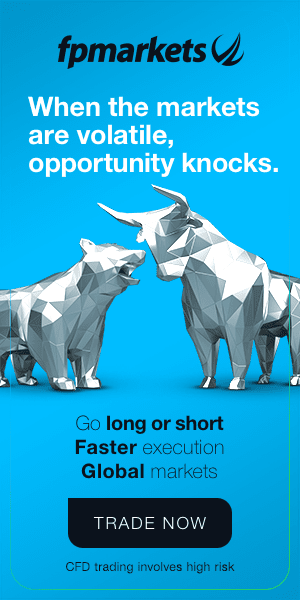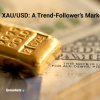The forex market is made up of several participants, who are grouped into institutional and retail traders. Institutional traders refer to large companies like investment banks and hedge funds that have giant trading desks and billions in assets. Retail traders, on the other hand, are individuals who trade from their personal accounts.
Institutions like UBS, Goldman Sachs, and Morgan Stanley are known as smart money because of their large asset base and wealth of industry experience. Therefore, the bank trading strategy aims to uncover what large banks are doing and track their every move.
What is the bank trading strategy in forex?
A bank trading strategy is an approach in fx trading where a trader aims to accumulate when big players are accumulating and exit when the upward or bearish trend ends. The process requires a trader to understand various market cycles like consolidation and trading. By having the bigger picture, they can decide whether to buy, sell, or remain on the sidelines.
There are three key stages that happen in the bank trading strategy: accumulation, manipulation, and distribution.
Accumulation in forex trading
Accumulation is a stage where banks and big money managers are slowly buying an asset like a forex pair. In most cases, banks make their purchases over an extended period of time since volume is a critical part of forex trading. Most people will often buy a forex pair when they see volume rising.
Therefore, in a bid to prevent tipping other traders and causing market dislocation, the process of buying can take weeks or even months. This period is usually characterised by a ranging market where an asset is not making any major moves.
The EUR/USD chart below shows that the pair remained in a consolidation phase between July and August of this year. At the time, the pair remained between the support and resistance levels of 1.0126 and 1.0260. It tested and retested the two levels several times in this period.
Source: TradingView
Manipulation in fx trading
Manipulation is the second stage of the bank trading strategy. This is the stage where most retail traders go wrong. In it, they buy when the pair moves above the upper side of the channel or sell immediately after it moves below the support level. These moves are known as false breakouts.
In the example shown above, there were several false breakouts during its consolidation. But the real market manipulation happened on August 10 when the pair moved substantially above the resistance at 1.0260. In most cases, most retail traders would have initiated a bullish trade and hoped that the upward trend has prevailed.
Source: TradingView
Distribution
The final stage of the bank trading strategy in forex is known as distribution. It is a stage where large institutional traders are no longer concealing their motives. As a result, the forex pair starts moving in a certain direction.
This is where most professional traders get in. The chart below shows that the pair started a solid downward trend after exiting the accumulation and manipulation stage.
Source: TradingView
Therefore, the three stages of the bank trading strategy can be summarised in three parts. Accumulation is a period of strong consolidation, while manipulation comprises a short-term trend. Finally, the distribution phase is made up of a long-term trend.
Tips for bank trading strategy in fx trading
There are two key tips that will help you become a better bank trading strategy trader. First, you should focus on longer charts such as daily and weekly. This is important because it will help you track long-term actions by banks.
Second, you can combine the strategy with indicators like accumulation and distribution (A/D) and the Smart Money Index (SMI). You can also use trend indicators like moving averages and Bollinger Bands to know when to exit your trade.
Summary
The bank trading strategy is one of the many strategies you can use in forex trading. In this article, we have looked at how it works and how to use it to identify entry and exit positions in the forex market. As with other strategies, testing the strategy in a demo account for a few weeks or months would be prudent.








 Access +10,000 financial
instruments
Access +10,000 financial
instruments

